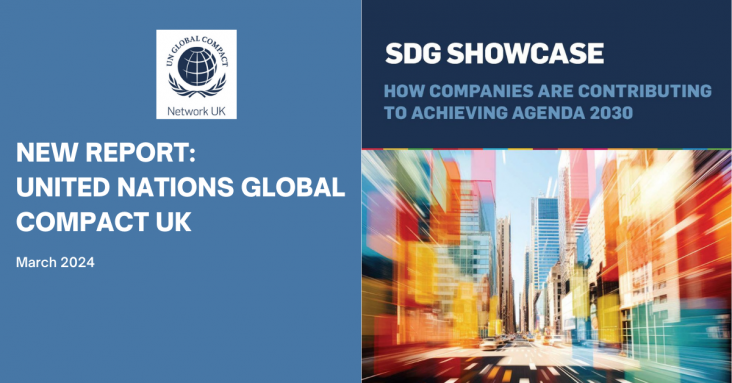The paper highlights the interconnectedness of public health crises, such as pandemics, with biodiversity loss and climate change, as increased demand for materials to combat infectious diseases exacerbates environmental pressures, posing a threat to global sustainability and biodiversity.
The study forecasts AI-based innovation's impact on SDGs in 22 countries from 2022 to 2030 using System Dynamics Modeling. In most of the 22 countries studied, AI-based innovation positively affects SDGs 1, 3, and 5. For half of the countries studied, AI-based innovation positively influences SDGs 2, 4, 6–8, 11, 13, and 16–17. AI-based innovation does not positively influence SDGs 10, 12, 14–15 for most countries studied.
Dynamic Aquaria (Fourth Edition) - Chapter 13: Community structure: Biodiversity in model ecosystems
Dynamic Aquaria, Fourth Edition: Building and Restoring Ecosystems and the Biosphere, 2024, pp 167-180
This chapter advances the UN SDG goals 13 and 14 by reviewing how to calculate species count in a high-veracity ecosystem model for use in climate resilience and aquatic conservation settings.

In recent years, increased expectations from investors, regulators, employees, and customers have put significant pressure on companies to increase their sustainability efforts.
The Sustainable Development Goals (SDGs) are not just another sustainability framework, but the only universally agreed blueprint to turn meaningful ambition into transformational change. However, businesses report difficulties in integrating the SDGs into their core strategies and in understanding, reporting, and managing their impact on the Goals.

Launched in 2018, the WE Empower UN SDG Challenge is a first-of-its-kind global competition for women entrepreneurs who are advancing the UN Sustainable Development Goals.

This International Women’s Day, 8 March 2024, join the United Nations in celebrating under the theme Invest in women: Accelerate progress. In this special episode of RELX's "The World We Want" series Dr Márcia Balisciano, Chief Sustainability Officer, is joined by guests Andrea "Andy" Blair, Co-Founder and President of New Zealand based geothermal research and innovation company, Upflow and Susan Blanchet, Founder and CEO of Origen Air. Both Andy and Susan are two of the 2023 awardees of the WE Empower UN SDG Challenge.

In this episode of the "World We Want" podcast, Márcia Balisciano interviews Lene Bjorn Serpa, Director, Head of Corporate Sustainability & ESG, A.P. Moller - Maersk. They discuss how her work at Maersk aligns with the United Nations sustainable development goals and how companies can contribute to a positive change by engaging with sustainability from a corporate standpoint.

The International Women's Day "World We Want" Podcast Collection features the latest episodes in the RELX podcast series featuring renowned female leaders from across the globe.
Mulwafua and Kamchedzera 2024 found that Malawi's soil laws lack strong priorities for Avoid, Reduce, and Reverse strategies regarding land degradation neutrality, contrasting with Uganda and Germany which incorporate these strategies in their soil-dedicated legal frameworks. By using Roscoe Pound's theory of social engineering, the authors suggest that Malawi's human-centred approach to soil conservation neglects eco-centric and deep ecology perspectives.
Artificial grassland restoration can be an effective method when applied to severely degraded grassland in alpine areas, however, their effects on slope runoff and sediment yield are still unclear. Qian et al., 2024 studied the effects of artificial restoration and degradation on the runoff sediment process in three areas and found that artificial grassland can significantly reduce runoff and sediment yield compared to alpine meadows and severely degraded alpine meadows. The study underscores the importance of plant and soil characteristics in erosion processes, highlighting the effectiveness of artificial grassland in mitigating soil erosion through improved soil conditions and enhanced vegetation coverage, with implications for restoration efforts in alpine regions.
